.webp)
© History Oasis
Here's how one of the world's biggest brands talked its way into your wallet.
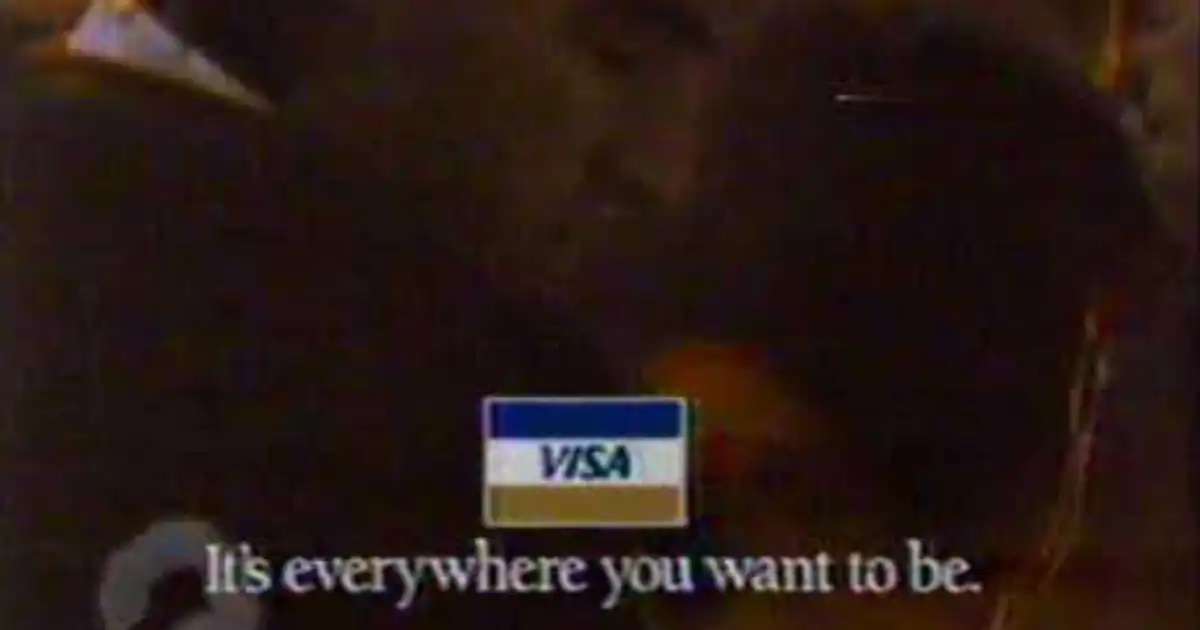
1985-2006
BBDO New York launched this campaign on October 1, 1985. The budget started at $20 million and grew to $335 million over 21 years.
The strategy was simple: attack American Express.
Visa showed upscale restaurants, Olympic venues, and cultural landmarks that rejected AmEx. American Express owned the travel and entertainment market, and Visa wanted to steal it by proving their card worked in more places.
When AmEx finally fought back in 1992 during the Barcelona Olympics, their ads countered: "And remember, to visit Spain, you don't need a Visa". Clever. But AmEx's market share kept falling.
The bank slogan ran for 21 years.
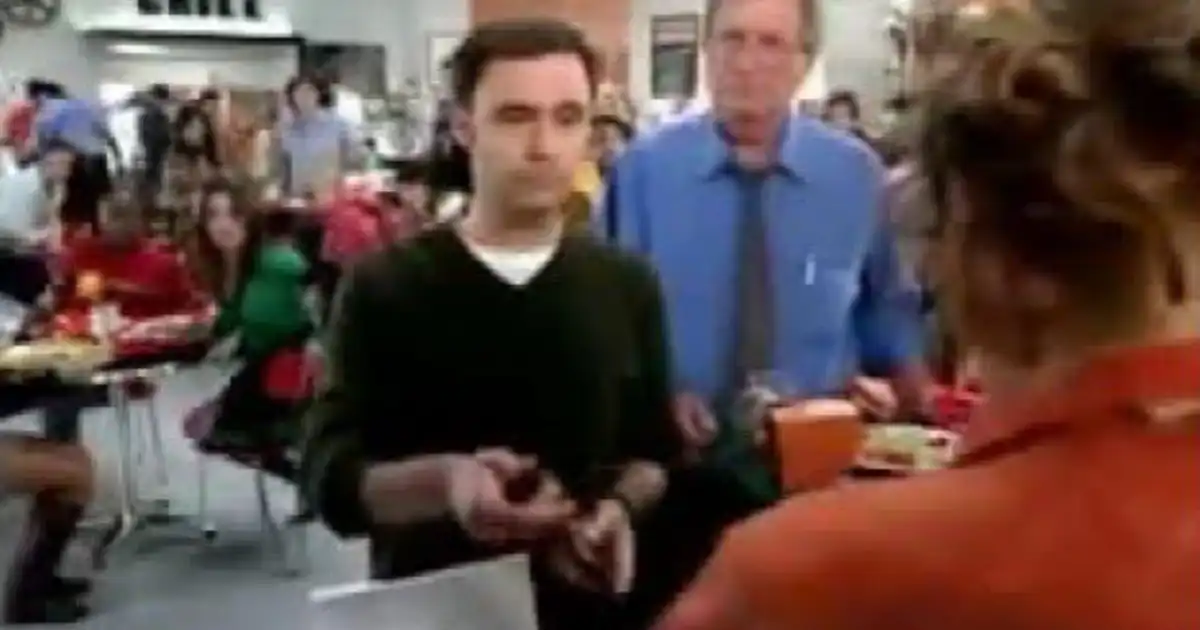
2006-2013
In February 2006, Visa retired "It's Everywhere You Want to Be" just before the Winter Olympics. The shift was massive.
The full phrase: "but no matter what it takes, life takes Visa".
Ads showed regular people in everyday moments. A voiceover listed what life requires—ambition, practice, luck, tradition, exploration, determination—then closed with the tagline.
Visa's Chief Marketing Officer said the campaign would "reinforce our brand promise to deliver innovative products and services that can be used anytime, anywhere".
The launch generated over 4 billion consumer impressions in three months through TV, magazines, websites, and billboards.
The campaign positioned credit spending as essential to human experience.
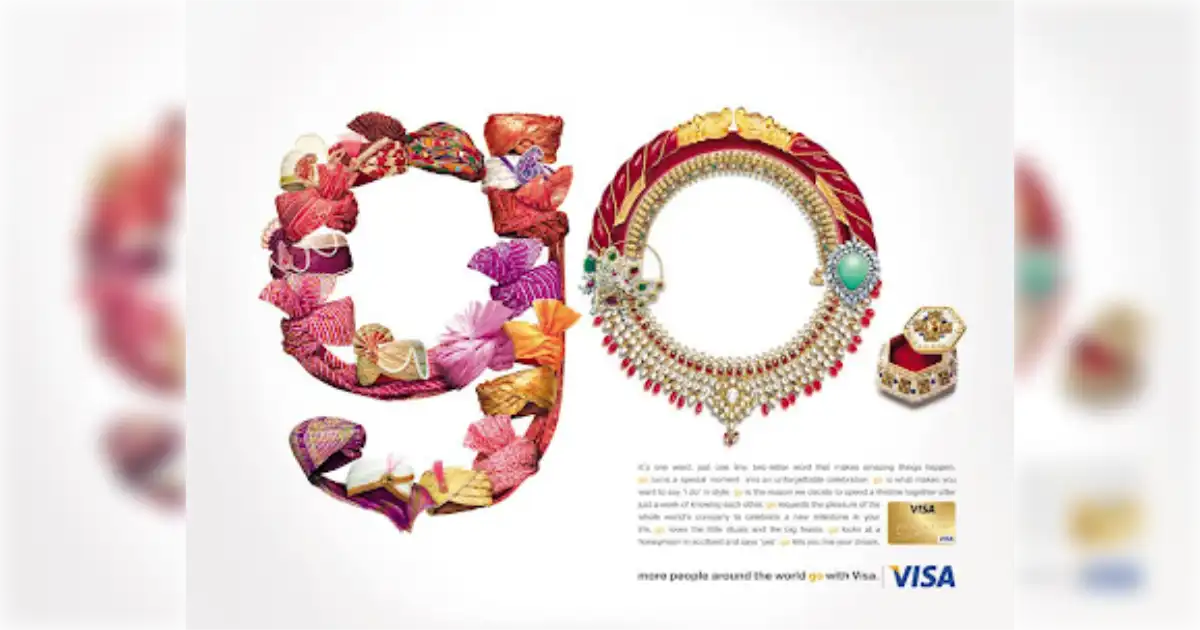
2009-2013
This slogan ran from 2009 through 2013. Four years of bland messaging.
The Visa slogan leaned on popularity as proof. More merchants, more cardholders, more transactions. Safety in numbers.
It felt like a placeholder. After "Life takes Visa" created emotion, this read like a quarterly report. Visa knew it. The campaign ended after four years.
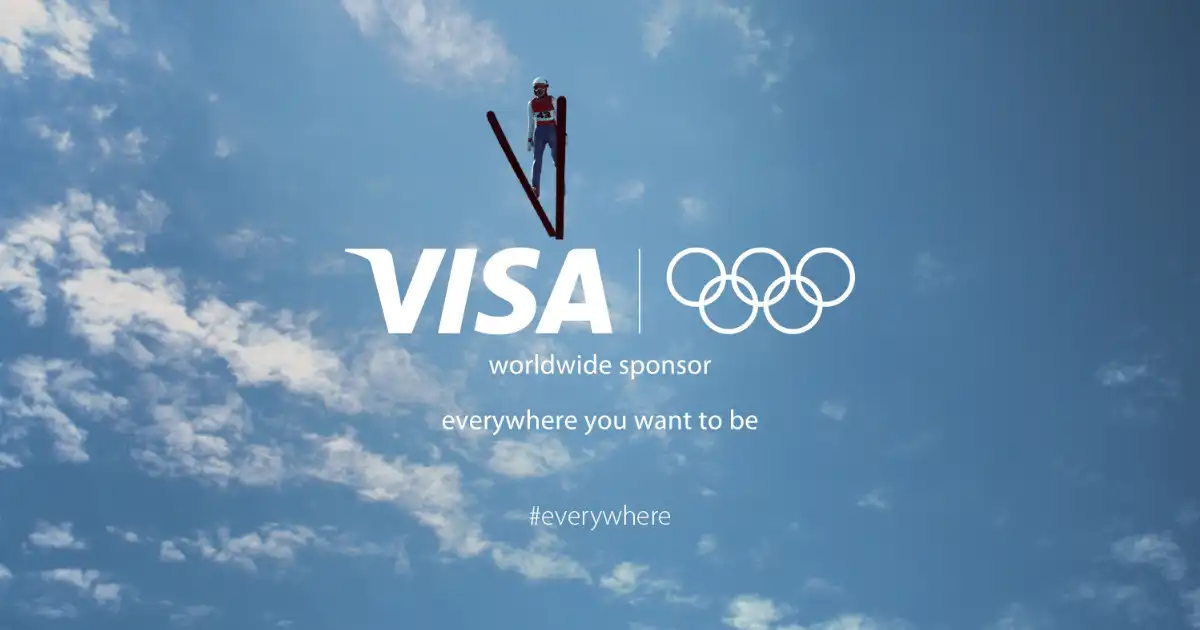
2014-2021
In January 2014, Visa brought back their famous phrase but cut it down. They dropped "Visa" and "It's" from the start. Four words: "Everywhere you want to be."
The relaunch commercial featured Sarah Hendrickson, a U.S. Olympic women's ski jumper: "This year, women's ski jumping is an Olympic event. Now, women get a chance to fly. I'm Sarah Hendrickson, and this is my everywhere".
The slogan now covered everything. Not just cards—phones, watches, online checkouts. Visa wanted to be the infrastructure behind every payment method.
By 2019, Visa processed around 188 billion transactions annually. Roughly $500 million per day. Every second, thousands of Visa transactions are completed somewhere on Earth.
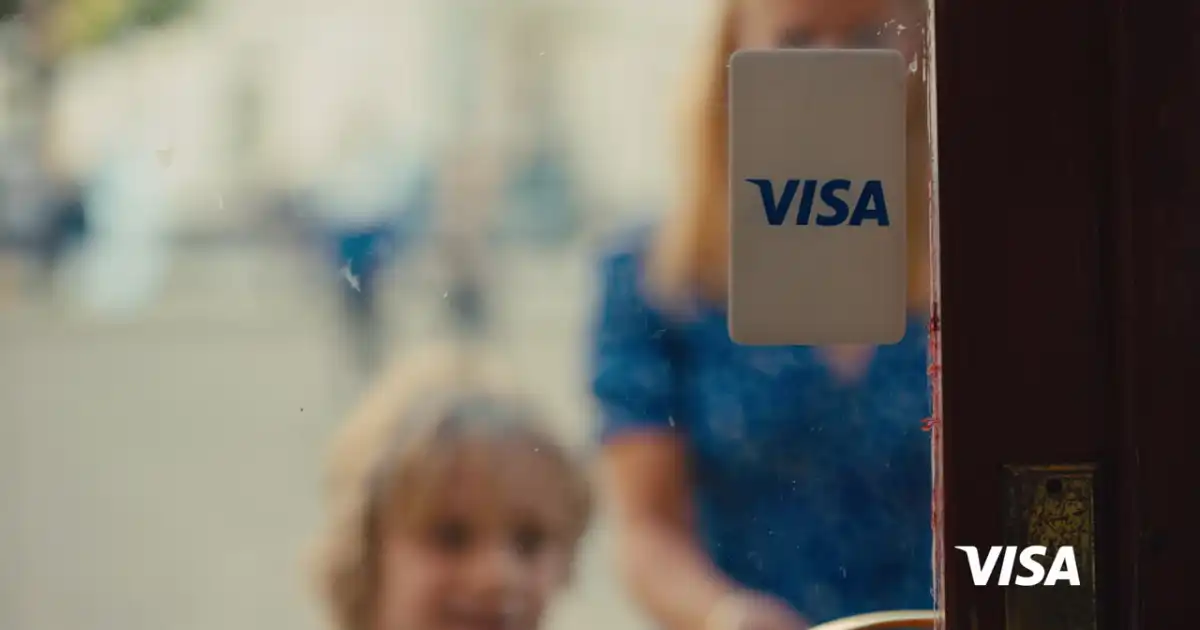
2021-present
In 2021, Visa introduced "Meet Visa" as part of a multi-year brand evolution, with a refreshed visual identity launching in late 2021.
This positions Visa as a network, not a card company.
The "working for everyone" language is deliberate. It signals financial inclusion, expansion into developing markets, and bringing the unbanked into digital payments. The campaign emphasizes trust, security, acceptance, and inclusion.
The rebrand rolled out across 200+ countries and territories throughout 2021. Visa stopped talking about cards. They want you to see them as the invisible system connecting buyers and sellers globally.
Visa's current market cap: around $500 billion.
This is a company that started as BankAmericard in Fresno, California, in 1958, when Joseph Williams mailed 60,000 unsolicited credit cards to residents. No applications. No credit checks. Just free credit.
That initial drop had a 22% delinquency rate. But it worked. Eventually.